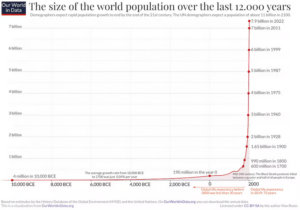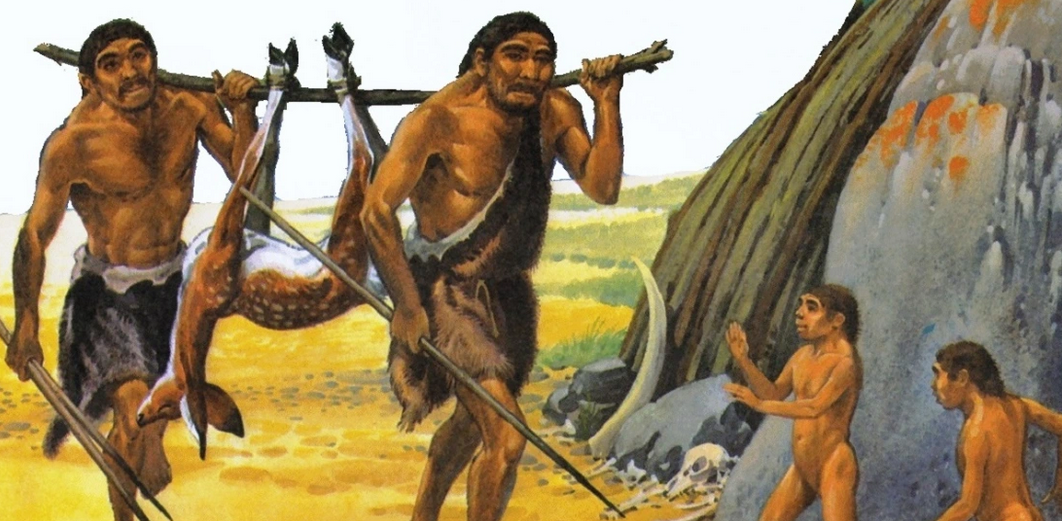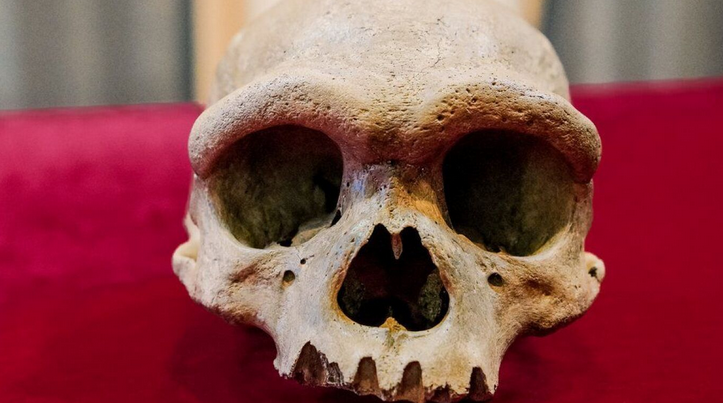In evolutionary terms, the human population has rocketed in seconds. The news that it has now reached 8 billion seems inexplicable when you think about our history.
For 99% of the last million years of our existence, people rarely came across other humans. There were only around 10,000 Neanderthals living at any one time. Today, there are around 800,000 people in the same space that was occupied by one Neanderthal. What’s more, since humans live in social groups, the next nearest Neanderthal group was probably well over 100km away. Finding a mate outside your own family was a challenge.
Neanderthals were more inclined to stay in their family groups and were warier of new people. If they had outcompeted our own species (Homo sapiens), the density of population would likely be far lower. It’s hard to imagine them building cities, for example, given that they were genetically disposed to being less friendly to those beyond their immediate family.

A journey to the centre of the earth – Anemotrypa cave in Tzoumerka
The reasons for our dramatic population growth may lie in the early days of Homo sapiens more than 100,000 years ago. Genetic and anatomical differences between us and extinct species such as Neanderthals made us more similar to domesticated animal species. Large herds of cows, for example, can better tolerate the stress of living in a small space together than their wild ancestors who lived in small groups, spaced apart. These genetic differences changed our attitudes to people outside our own group. We became more tolerant.
Read more: The Conversation







































